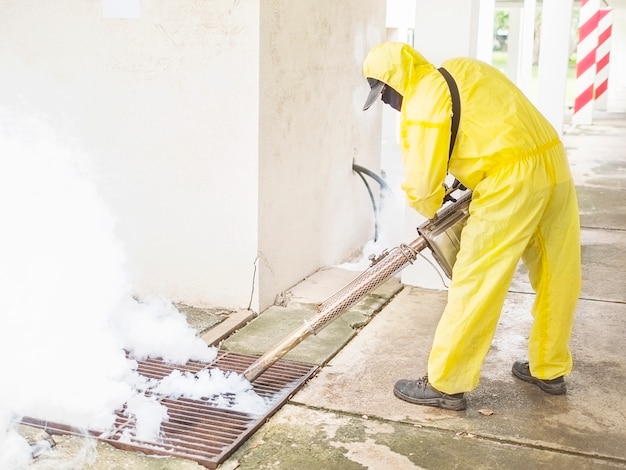
Expert Guide to Montgomery Termite Bait Station Installation
Termites are notorious for causing significant damage to structures if left unchecked. In Montgomery, the installation of termite bait stations is a preferred method for controlling and eliminating termite infestations. This guide provides a comprehensive overview of termite bait station installation, offering expert insights into effective strategies for preventing termite damage in your property.
Understanding Termite Bait Stations
Termite bait stations are designed to attract and eliminate termites before they can cause extensive damage. These stations are strategically placed around the perimeter of a property, offering a targeted approach to termite control.
Components of a Termite Bait Station
- Bait Matrix: The core material that attracts termites. It is usually made of cellulose and infused with a slow-acting insecticide.
- Station Housing: A durable casing that protects the bait and allows termites to enter.
- Monitoring Device: An optional feature that helps in assessing termite activity and the effectiveness of the bait.
Installation Process
Proper installation of termite bait stations is crucial for their effectiveness. Here is a step-by-step guide to ensure optimal results:
Site Assessment
- Conduct a thorough inspection of the property to identify potential termite entry points.
- Assess the soil type and conditions, as these can affect the placement and efficacy of the bait stations.
Placement Strategy
- Install bait stations around the perimeter of the structure, typically every 10 to 15 feet.
- Place stations near known termite activity or conducive conditions such as wood piles, tree stumps, or damp areas.
Installation Procedure
- Use a post hole digger or auger to create holes for the stations.
- Insert the bait station into the hole, ensuring that the top is level with the ground surface.
- Secure the station lid to prevent tampering and weather damage.
Monitoring and Maintenance
Regular monitoring and maintenance are essential to the success of termite bait stations. This ensures the bait remains effective and that termite activity is continuously managed.
- Check stations every three months or as recommended to monitor bait consumption and termite activity.
- Replace bait as needed to maintain its attractiveness and efficacy.
- Document findings and adjust strategies based on termite behavior and environmental changes.
For more detailed information on termite bait station maintenance, read more about this topic.
Advantages of Using Termite Bait Stations
Bait stations offer numerous benefits for termite management. Here are some key advantages:
- Environmentally Friendly: The bait uses minimal insecticide and targets only termites, reducing ecological impact.
- Long-term Control: By targeting the colony, bait stations provide ongoing protection against termites.
- Non-intrusive: Bait stations are discreet and do not require extensive alteration to the property structure.
Explore further insights here for a comprehensive understanding of termite control methods.
Conclusion
Implementing termite bait stations in Montgomery is an effective way to combat termite infestations and protect your property from damage. Understanding the components, installation process, and maintenance requirements can significantly enhance the success of this termite control method. For those seeking professional guidance or further assistance, find additional information here.